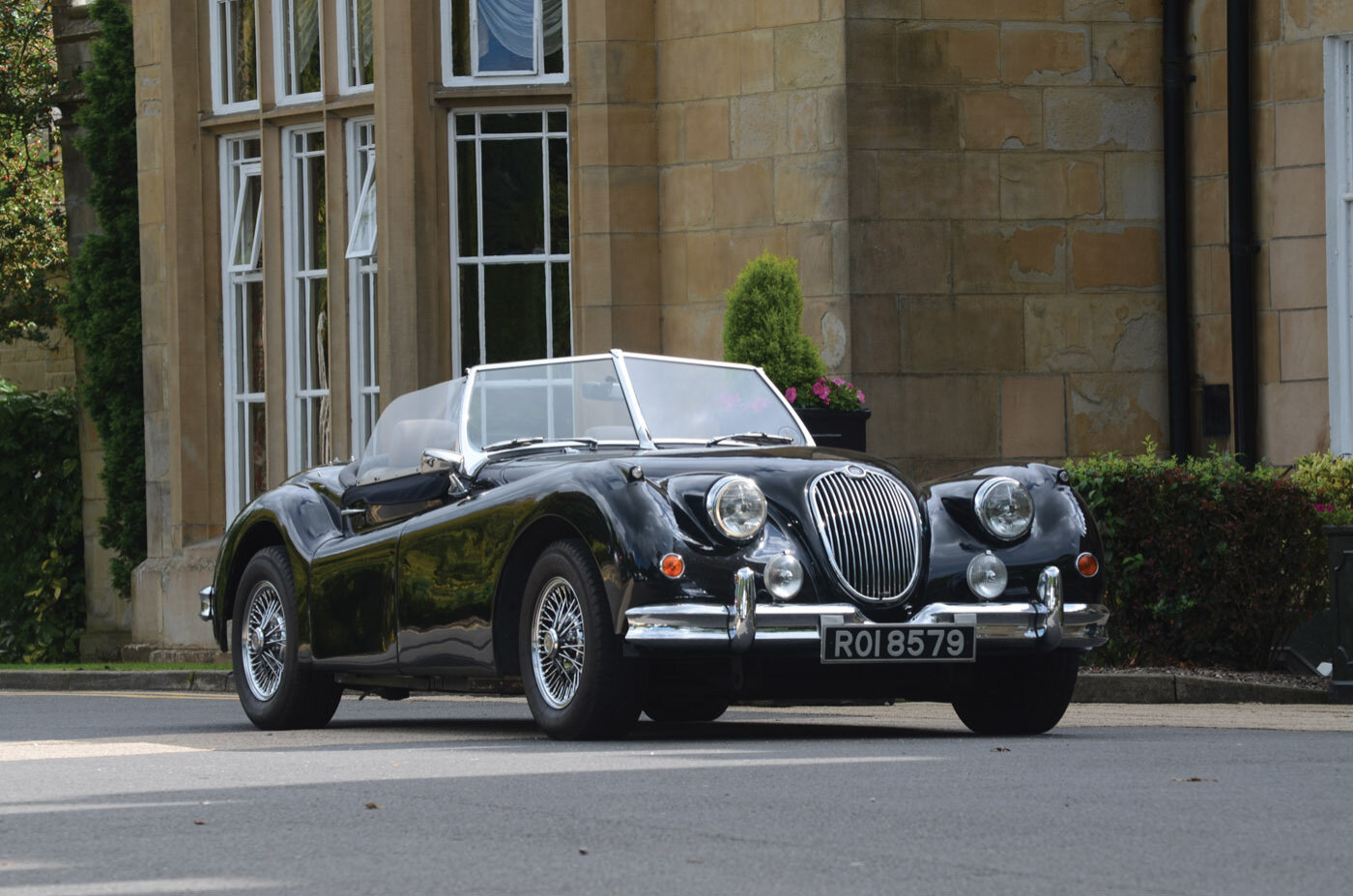
Autotune Aristocat Jaguar XK120 replica
Story and Photos by Iain Ayre
Who hasn’t had a few disappointments in life? Mine have included riding a 1950s Harley for the first time, some worn-out rockers at a concert in London, and a burgundy wine awarded by an ad agency for copywriting that tasted like swill. But the worst of all was driving one of the most beautiful cars in the world and finding that it rode and drove like a 1950s Harley. Looked excellent, sounded delicious, but — oh dear.
To be fair, the original Jaguar XK120 was not carefully planned or developed. It was thrown together in a few weeks, based on a chopped-down sedan frame, and its purpose was to show off the new XK twin-cam straight-six at the big British International Motor Show in 1948. Its beauty, and the instant demand for it, meant it was put into production immediately, pretty well as it had been displayed at the show.
Sadly, the cabin is cramped and uncomfortable, it’s too shallow, too narrow, and the controls do not “fall comfortably to hand,” as the car review cliché goes. You sit uncomfortably flat on the floor, and if you’re of average height, the windshield frame is always in the way. Several car collectors tell me quietly that their XK120s are much polished and much admired, but not much driven.
Now let’s imagine that the XK120 had been designed with a strong, rigid space-frame chassis, plus a more sophisticated front suspension and wider track. It also would have big disc brakes, and would have been tested and refined on the racetrack until its handling was perfect. It would also have enough room inside for proper comfy seats, and a rustproof fiberglass body. That’s what an Aristocat replica is.
Autotune founder Anthony Taylor wanted to develop and race a Jaguar-based car, so he designed a stiffer space frame based on the wheelbase of the XK120, but using the full-width axles of a donor XJ6 or XJS.
The body features visually correct XK120 panels when viewed from the side, but an extra 6 inches has been added into the middle, so the width is very close to the later XK150. But Sir William’s crucial “light line” still runs the length of the car and is its main claim to beauty.
Autotune as a company goes back to 1969, and has always focused on race car prep and Jaguars. The Aristocat was actually developed prior to the inaugural 1984 U.K. kit car racing championship, but used this event to gain credibility. It has been in continuous production ever since.
The original prototype is still a successful racer 34 years later, and the demo car pictured is 19 years old, completed by Autotune as a tribute to a young man who sadly lost his life. Aristocats have been sent all over the world, and are available in left-hand-drive form for U.S. customers.
As noted, the Aristocat takes liberties with the original for the sake of comfort and practicality, with big side-impact beams and a deeper, much stronger central tunnel. It’s wider due to the engine and box being moved rearward to give the car a near 50-50 weight balance front to rear. The cabin takes full-size leather Jaguar armchairs rescued from the donor, and there is far more cabin space and a big trunk for touring.
The extra width doesn’t spoil the car though, and it still looks like it was designed by Jaguar. Visually it could be the missing link between the skinny XK120 and the wider XK150. It hasn’t lost the dramatic, lean and hungry look of the original XK120 that got lost in the plump XK150.
There is the option of a dimensionally accurate, narrow Aristocat coupe based on an XK140 coupe, but only a few have been made. (People who want original looks generally want an original car as well.) If you sat in an XK140 replica and then an Aristocat, you’d order the Aristocat.
The space frame includes body and bumper supports at either end to allow some crumple-zone effect in a big impact. It’s mostly 16-gauge 1.5-inch square steel, and it passed strict TUV Rheinland strength testing way back in the 1980s, and more recently the strict Australian torsional chassis stiffness tests. It also complies with the current nitpicking British/EU Individual Vehicle Approval tests.
The soul of a Jaguar is transferred from the rusty XJ6 or XJS donor to the Aristocat via a huge percentage of its components — and that also saves a great deal of money. The list of pieces to be recycled from the donor is very long, and includes the full mechanical set and axles, with the axles used at full width and not shortened. Space doesn’t permit detailing all the donor parts, but the list even includes the shocks, albeit with recalibrated springs to suit the lighter car. Another money-saver is that the body is supplied in gloss-colored gel coat in a choice of colors, so painting the car is optional and depends on what level of finish you want.
Newer XJ40 and X300 Jag donors can be used as well, but the required modifications to the chassis are more expensive, and you lose the spiritually correct original XK engine. The earlier 4.2 XJ6 donors are rusting enthusiastically, are still cheap, available and more authentic. The XK engine in an XJ6 up to 1984 is still the real deal from 1948. It’s also a beautiful engineering sculpture when equipped with expensive, but worthwhile early 3.4- or 3.8-liter soft-shaped cam covers and big polished SU carbs. They are also available as a spectacular triple set from an E-Type. Much of the chromed brass brightwork available for restoring original XK120s can also be used on an Aristocat to great effect. The original XK120 split windshield has three sculpted posts and two aluminum framed glasses, and the car uses the original posts with wider glass that looks just right. You can also choose a cheaper single flat windshield that uses the two outer posts, and there’s a fiberglass screen frame option designed to suit an available hardtop.
For bumpers, you can use the original delicate XK120 items, or modified MkII as shown here. Or you can make your own setup, since no two Aristocats have ever turned out the same. But that’s the beauty of replica, customizing to make it your own special British ride.

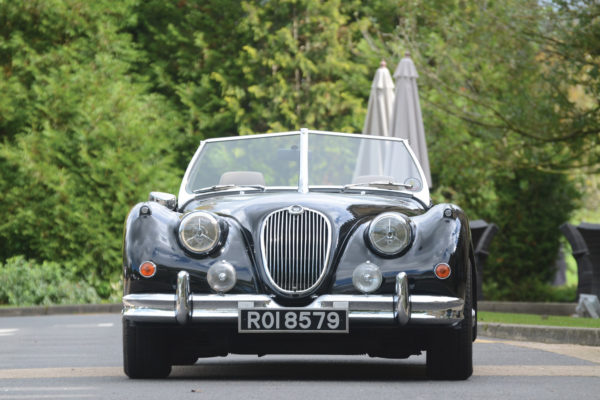
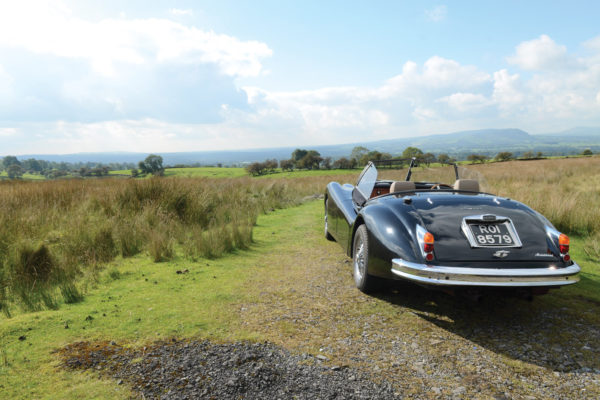
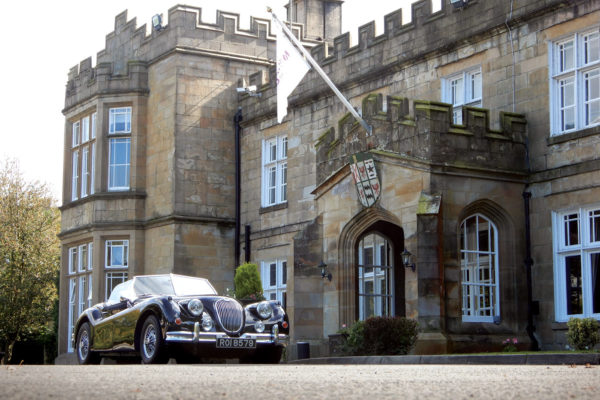
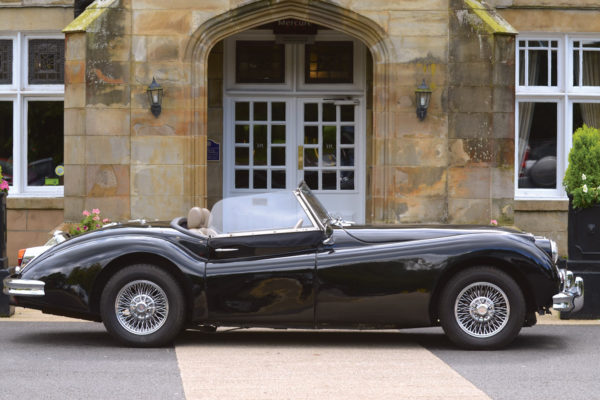
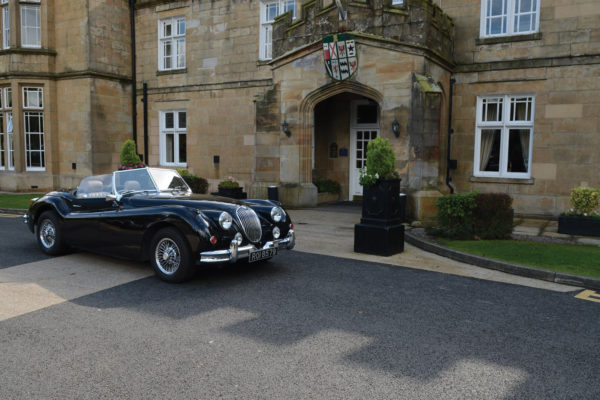
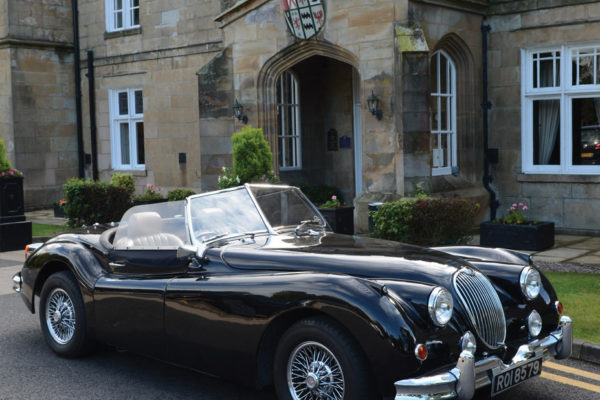
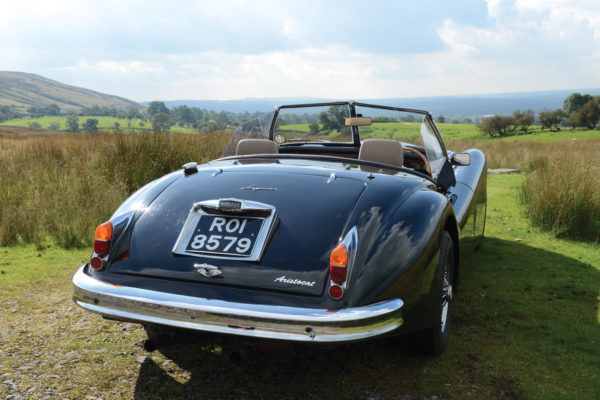
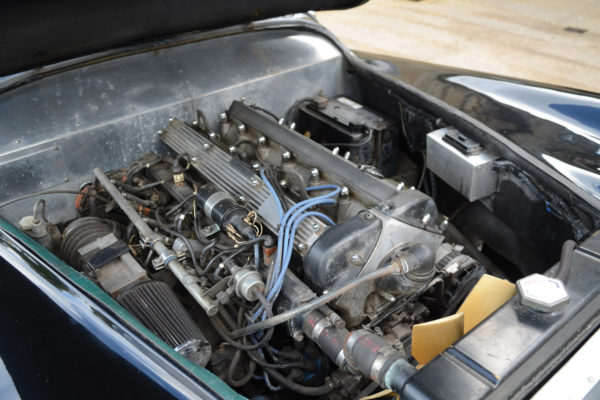
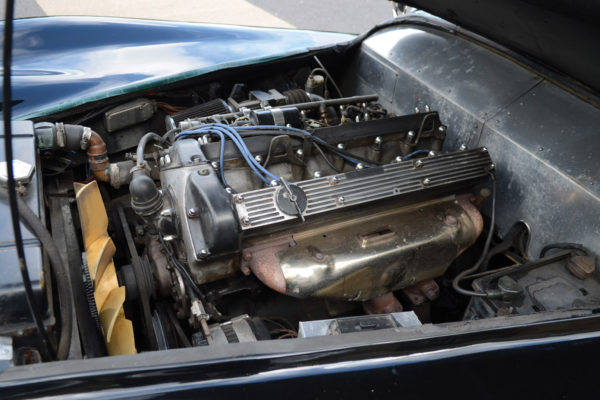
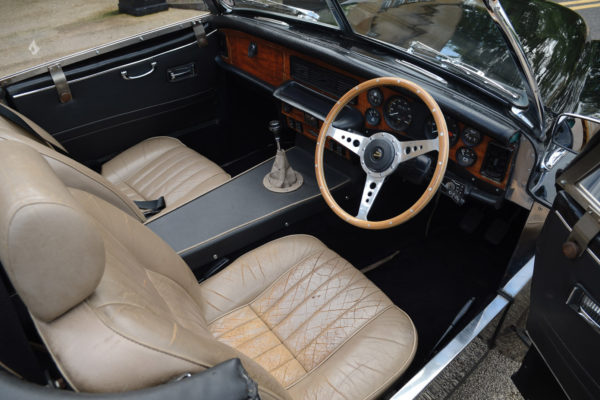
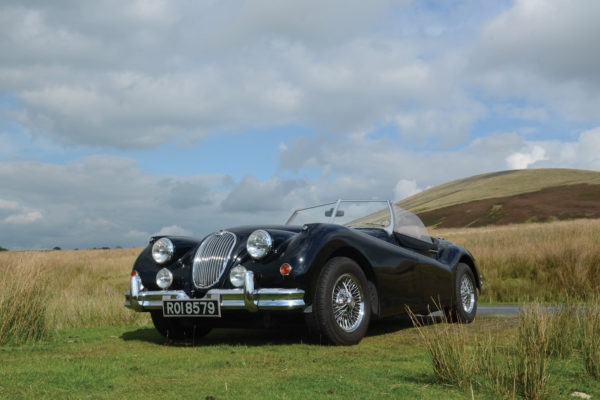
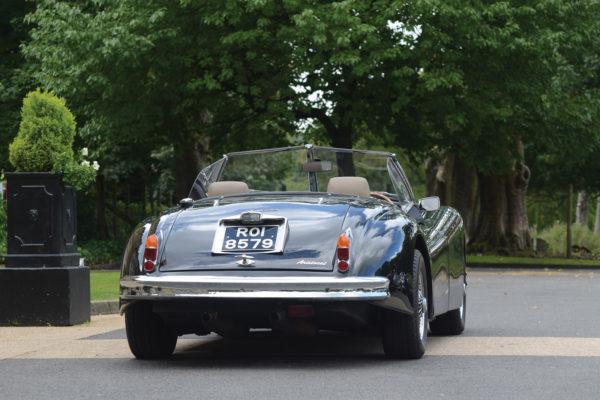
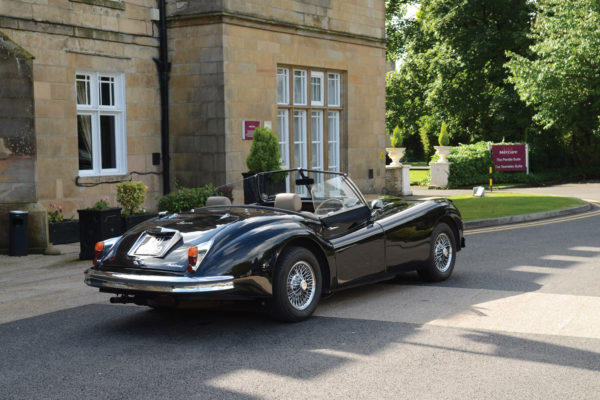
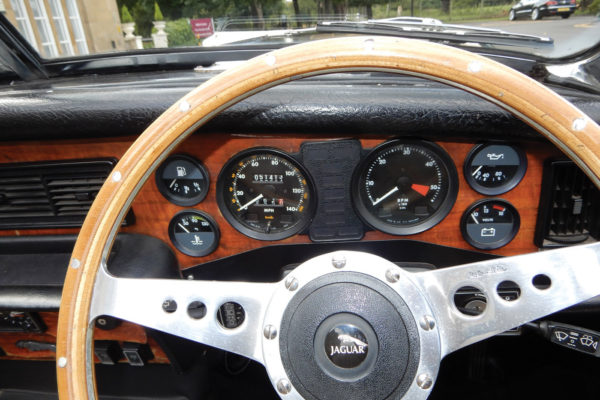
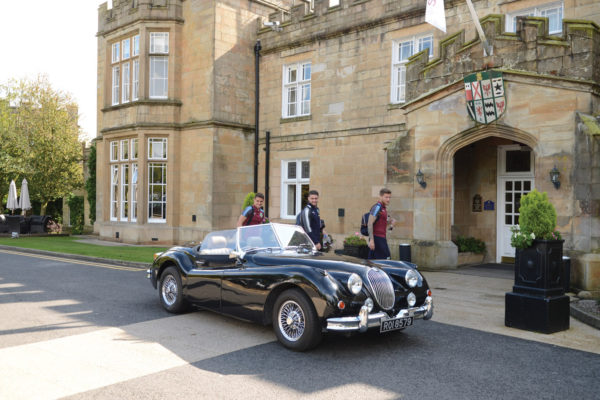
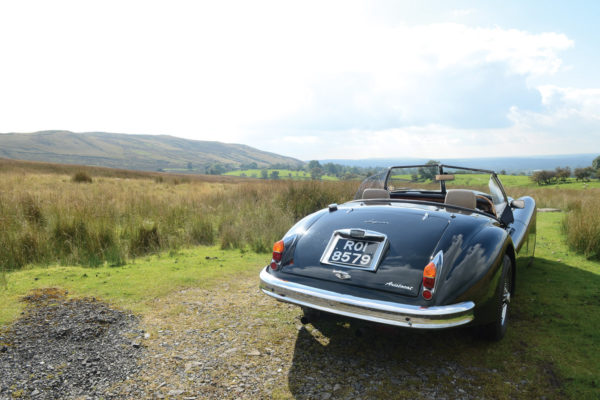
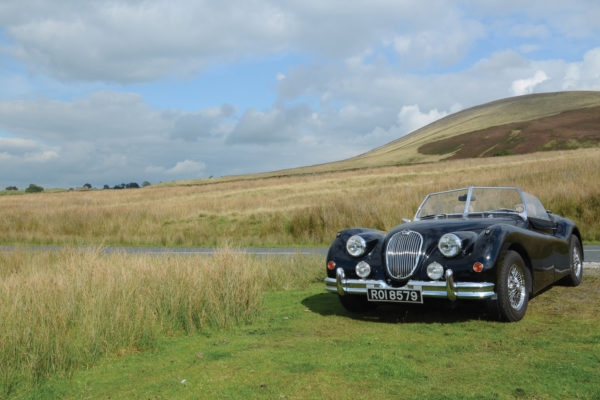
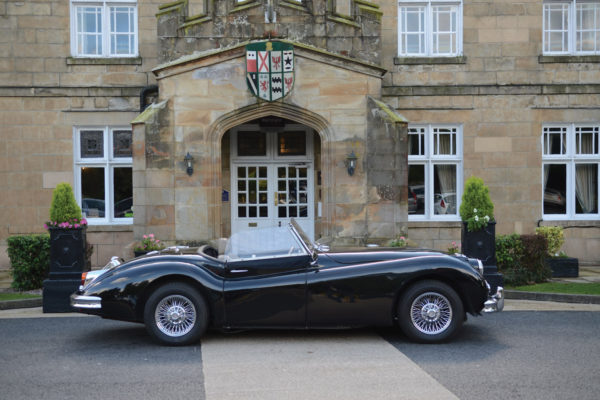
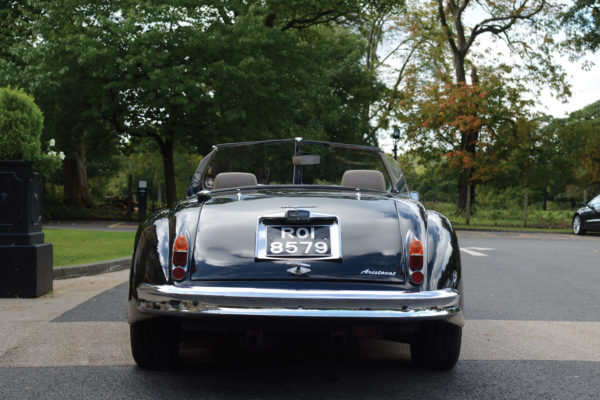
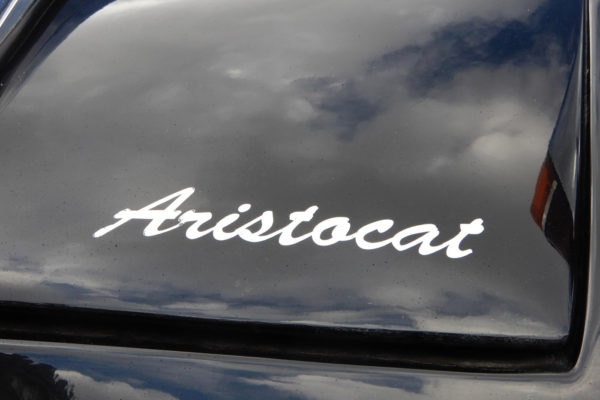
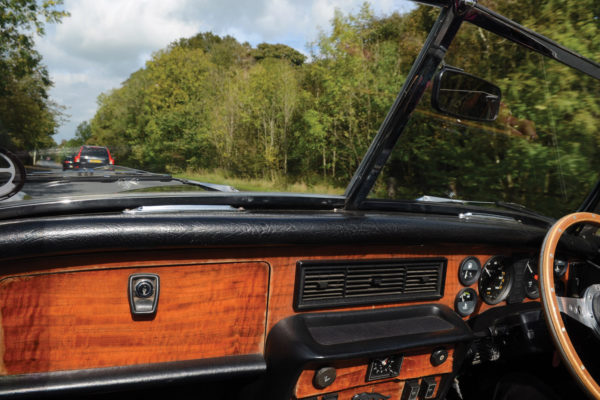
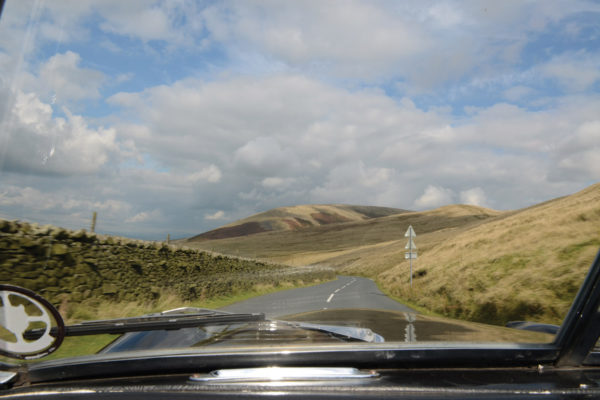
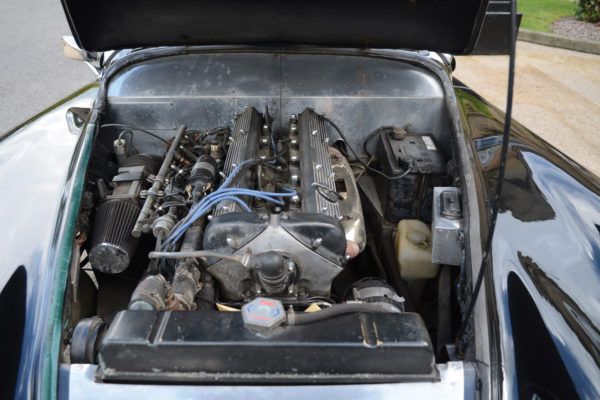
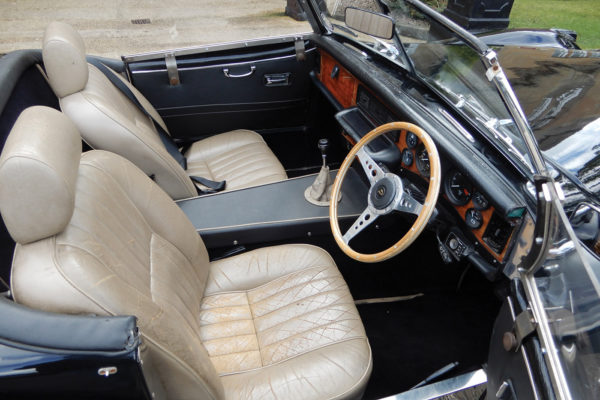
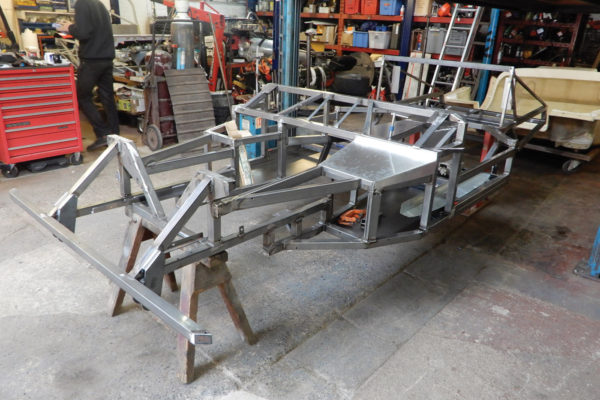
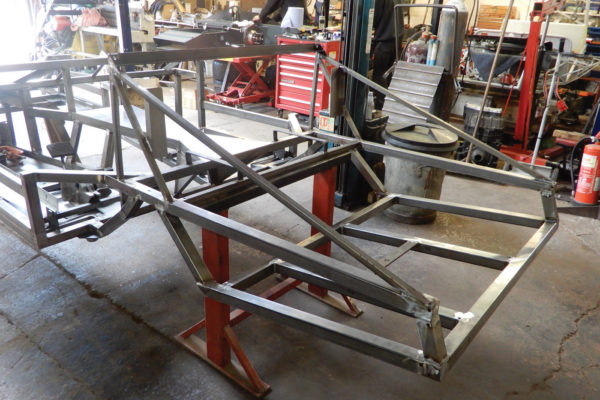
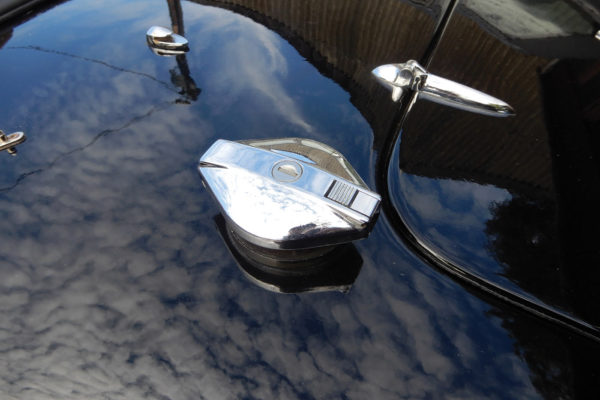
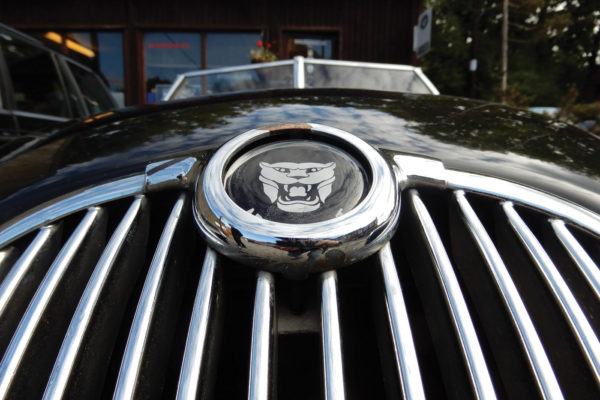
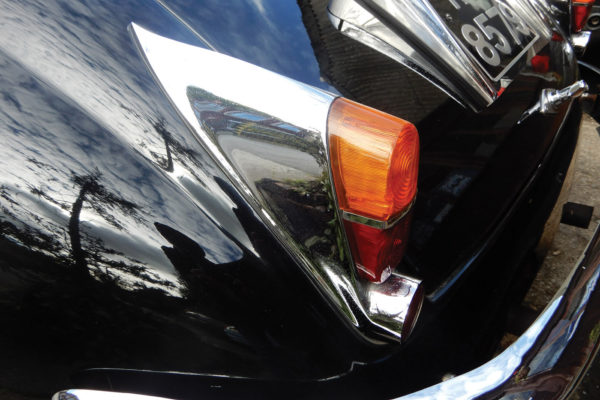
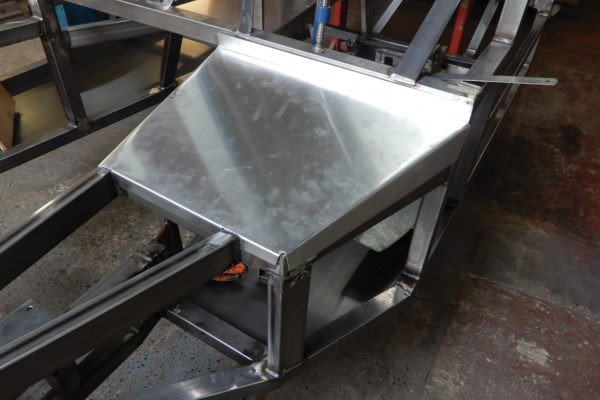
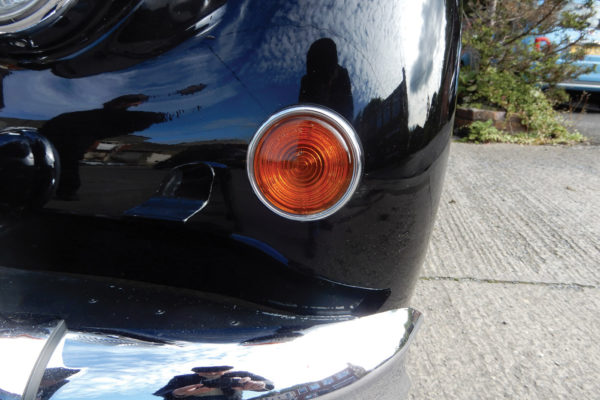




Comments for: Cat's Paws
comments powered by Disqus